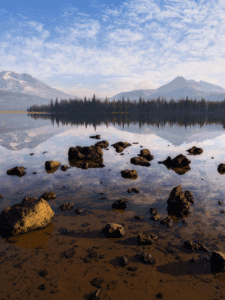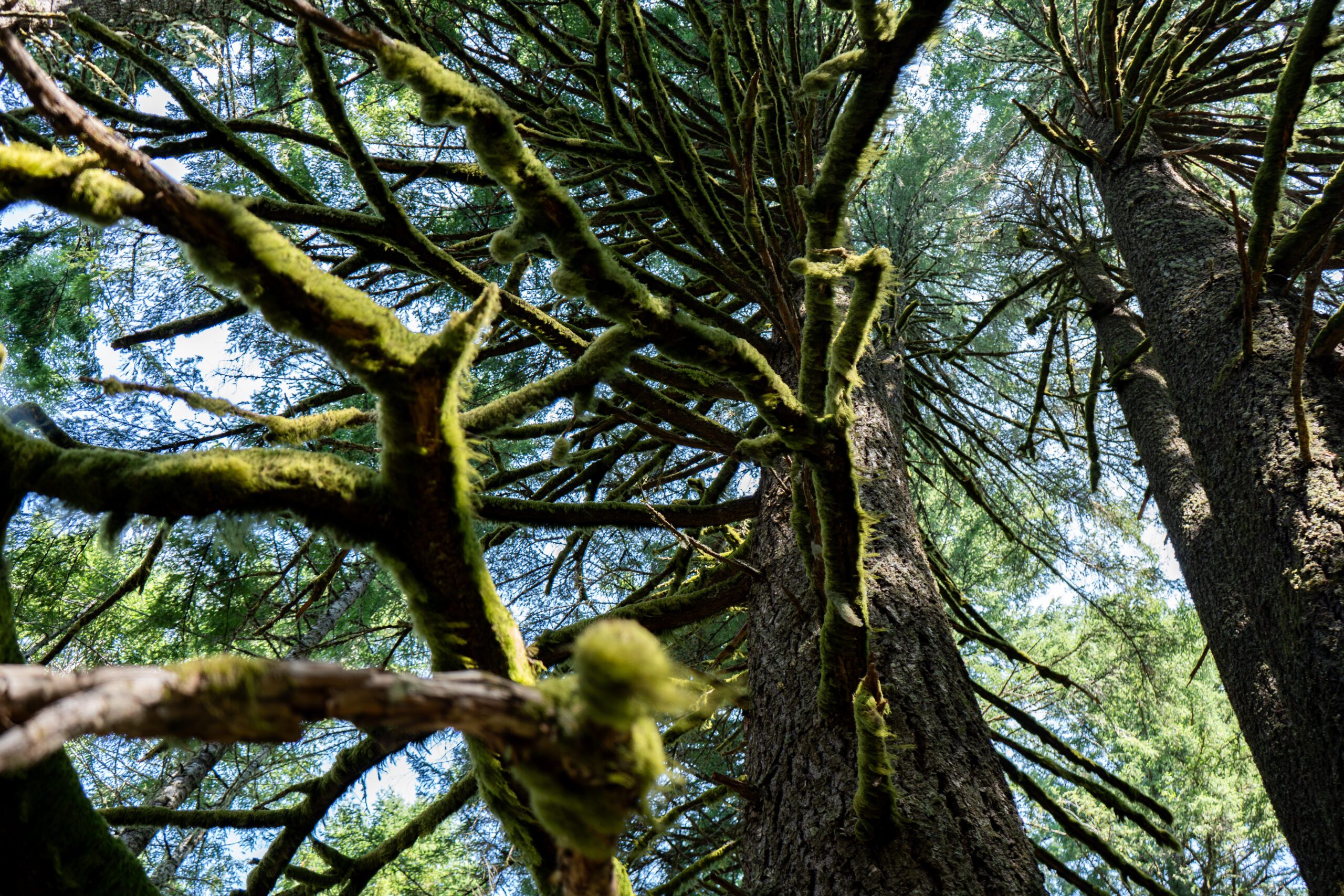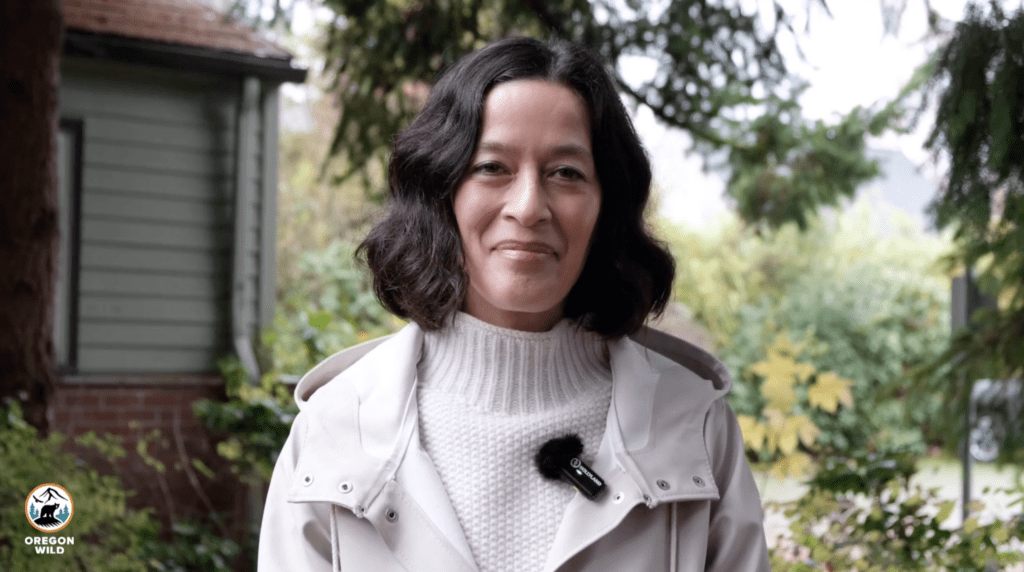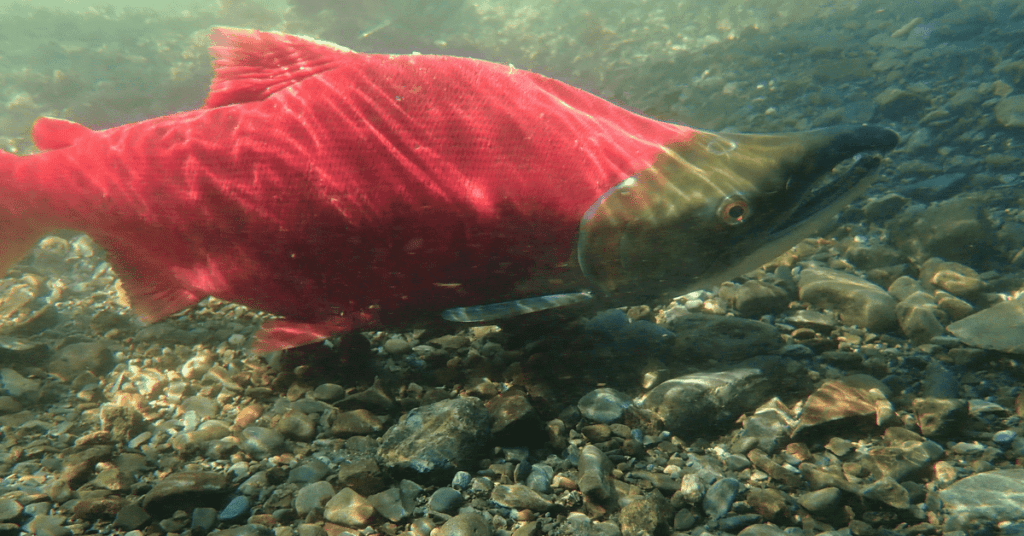Former Agency Personnel Allege Feds Misrepresented Forest Age, Avoided Imperiled Wildlife Detection
| Contact: Nick Cady, Legal Director, Cascadia Wildlands (314) 482-3746 | nick@cascwild.org Meriel Darzen, Staff Attorney, Crag Law Center (503) 525-2725 | meriel@crag.org John Persell, Staff Attorney, Oregon Wild (541) 344-0675 | jp@oregonwild.org |
Oakland, Oregon — Today Cascadia Wildlands and Oregon Wild filed a legal complaint challenging the Bureau of Land Management’s (BLM) Blue and Gold logging project. The project proposes clearcutting old-growth forests in the Oregon Coast Range outside of Sutherlin, Oakland, and Yoncalla in the Umpqua River watershed.
“We will not allow the destruction of the few older forest stands that remain in the Coast Range for the profit of private timber companies,” said Nick Cady with Cascadia Wildlands. “The Bureau of Land Management is putting Oregonians at increased risk of forest fires, jeopardizing water quality, and further imperiling at-risk species.”
Current science shows older forests are far more resilient to wildfire than plantations and are key to mitigating the worst impacts of climate change. The Blue and Gold Project targets thousands of acres of some of the oldest and most pristine forest remaining on public lands, including several hundred acres of old forests along rivers and creeks. These are multi-century-old, high-quality habitat for federally protected wildlife species, including northern spotted owls, marbled murrelets, and Oregon Coast coho salmon. The proposed logging would permanently degrade these rare older forests and convert them into timber plantations, destroying what little old-growth habitat remains for endangered species, increasing fire risk, and undermining climate resilience.
The Bureau of Land Management is not legally permitted to log old-growth, and the targeting of this cherished area fomented dissent within the agency. Two former agency personnel who worked on the Blue and Gold Project have come forward, stating that the agency intentionally misrepresented the age of the targeted forests to permit the proposed logging. The individuals also informed Cascadia Wildlands that the agency’s wildlife surveys were conducted in a manner to avoid detections of imperiled species that would have prevented the timber sale. Agency biologists who generally ensure projects do not illegally harm endangered species were removed from oversight roles to expedite the proposed logging.
“It should surprise no one that BLM has been manipulating its analysis to maximize logging. Courts have repeatedly exposed the agency’s disregard for the public interest in its pursuit of board feet,” said Oregon Wild staff attorney John Persell. “The mature and old-growth forests targeted for logging in the Blue and Gold project should instead be protected for the critical role they play in fighting climate change and protecting vulnerable fish and wildlife.”
The organizations are represented by attorneys from the Crag Law Center, Oregon Wild, and Cascadia Wildlands. Photo by Cascadia Wildlands.
###
Background: The agency first proposed the Blue and Gold Project in December of 2019, releasing its Environmental Assessment on April 27, 2022, just five days after President Biden issued Executive Order 14072, directing federal agencies to protect remaining old-growth forests. Two days later, the agency pulled the proposal, citing a need for internal review. On August 1, 2024, the agency revived the project without significant changes, failing to follow the President’s direction to expand “bold efforts to tackle the climate crisis.” At each stage, the agency received hundreds of public comments opposing the project.
On September 19, 2024, Oregon Wild, Cascadia Wildlands, and Klamath-Siskiyou Wildlands Center, along with 40 other organizations, sent a letter to the BLM asking that the agency issue guidance on mature and old-growth logging.






